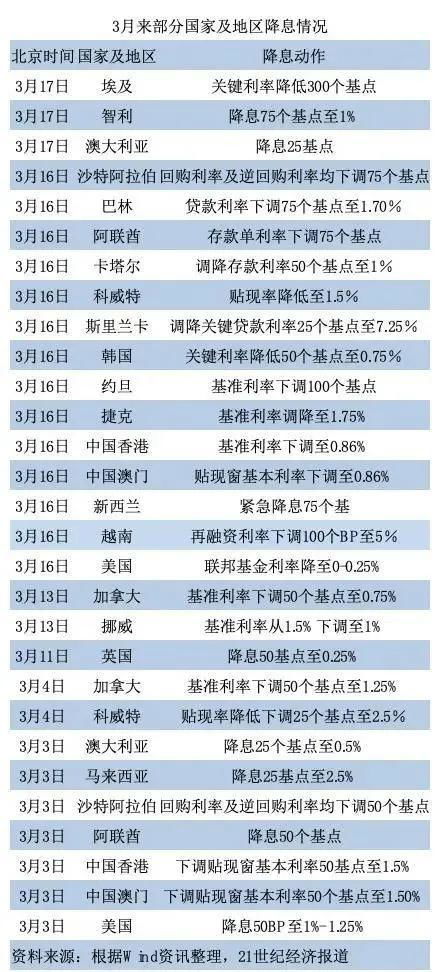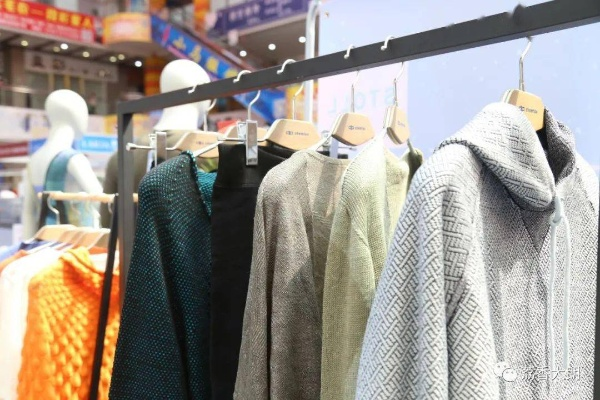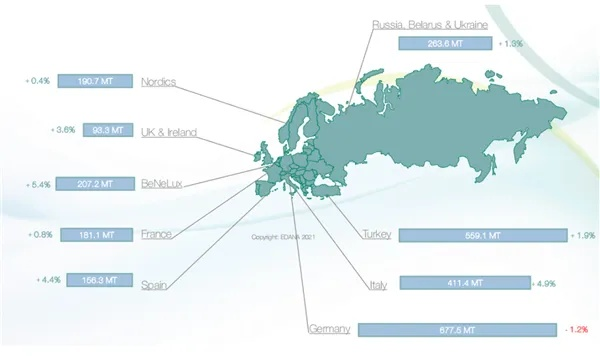The Global Trends and Challenges in 2017 Textile Trade
In 2017, textile trade faced both global trends and challenges. On the one hand, the rise of emerging markets such as China, India, and Brazil boosted demand for textile products, while technological advancements in manufacturing processes improved efficiency and reduced costs. On the other hand, environmental sustainability became a significant concern as countries implemented stricter regulations on waste management, energy consumption, and carbon emissions. Additionally, international trade agreements like the Trans-Pacific Partnership (TPP) and Regional Comprehensive Economic Partnership (RCEP) were being negotiated, potentially impacting tariff rates and trade flows. Overall, while there were positive developments in textile trade, it remains essential to address environmental concerns and navigate the complexities of international trade negotiations to ensure sustainable growth.

In the ever-evolving landscape of international trade, textiles have remained a crucial part of global commerce for centuries. In 2017, the textile industry faced both unprecedented opportunities and daunting challenges that shaped its trajectory towards sustainability, innovation, and globalization. This year marked a turning point as industries sought to adapt to shifting consumer preferences, technological advancements, and geopolitical shifts. Let's delve into the trends and challenges shaping this sector in 2017.
The rise of e-commerce platforms has transformed the way textiles are bought and sold worldwide. With platforms like Amazon FBA (fulfillment by Amazon) and Alibaba's Taobao, small and medium-sized businesses (SMBs) can now reach a vast global audience without the need for traditional distribution networks. This trend is expected to continue, with digital channels becoming even more integrated into the supply chain. However, it also presents challenges such as increased competition from established players and the need for SMBs to invest in digital skills.
One significant trend in 2017 was the rise of sustainable and eco-friendly textiles. As consumers become more conscious of their environmental impact, demand for organic cotton, recycled materials, and fair trade products has surged. Brands like Patagonia and H&M have embraced this trend, offering products that align with their values while meeting market demands. However, the transition away from traditional textiles towards more sustainable alternatives has not been without its challenges. Many smaller producers struggle to compete with large multinationals that have invested heavily in research and development and marketing strategies. Additionally, regulations around textile production can be complex and costly, making it difficult for small scale producers to navigate these barriers.
Another area of growth for the textile industry in 2017 was the integration of technology into manufacturing processes. Advances in automation, machine learning, and data analytics have led to improved efficiency, reduced waste, and enhanced product quality. For example, companies like Lenzing and Teijin have leveraged AI and machine learning to predict material requirements and optimize their production lines, resulting in lower costs and higher productivity. While these technologies offer significant benefits, they also require significant investment and expertise, creating a divide between established players and new entrants.
Geopolitical tensions have also had an impact on the textile industry in 2017. The ongoing trade disputes between the United States and China, as well as other countries, have disrupted supply chains and raised concerns about the safety of imported textile products. These conflicts have led to increased scrutiny and inspections, raising costs and reducing flexibility. Additionally, tariffs imposed by some countries on others have affected global pricing and sourcing decisions, further complicating the industry’s dynamics.
Looking ahead, the 2018 textile industry faces numerous challenges, including continued pressure from regulatory bodies to reduce environmental impact, the need for increased innovation to meet growing demands, and the challenge of adapting to new technologies while maintaining competitiveness. However, there are also exciting opportunities for growth in areas such as smart textiles, where sensors and electronics can be integrated into clothing to provide health monitoring or enhance comfort and fit. As the industry continues to evolve, it will be essential for manufacturers, suppliers, and retailers to stay agile, innovative, and responsive to changing consumer preferences and market dynamics.
In conclusion, the textile industry in 2017 faced both triumphs and challenges. As we look forward to the next year, it is clear that the industry will continue to grapple with issues related to sustainability, innovation, and globalization. By embracing change and adapting to the ever-changing landscape, the textile industry can thrive and fulfill its potential as a vital part of global commerce.
随着全球化的加速,纺织品外贸行业在近年来呈现出蓬勃发展的态势,本篇文章将围绕2017年的纺织品外贸行业进行深入探讨,并结合实际案例进行分析。
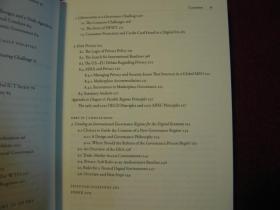
纺织品外贸行业概述
市场规模与增长趋势
纺织品外贸行业是国际贸易的重要组成部分,涵盖了各种纤维制品、服装、面料等,随着全球经济的不断发展和消费者需求的不断升级,纺织品外贸行业呈现出快速增长的趋势。
行业特点
纺织品外贸行业具有以下特点:一是技术含量高,涉及纤维制造、织造、染整等多个环节;二是国际贸易往来频繁,涉及多个国家和地区;三是产业链完善,包括原材料采购、生产加工、销售等多个环节。
案例分析
某知名品牌纺织品出口情况
某知名品牌在2017年成功出口了大量的纺织品,涵盖了各种纤维制品,如棉质衬衫、丝绸围巾等,该品牌通过优化供应链管理、提高产品质量和降低成本等方式,实现了出口量的快速增长,该品牌还积极拓展国际市场,与多个国家和地区建立了稳定的贸易关系。
纺织品外贸行业面临的挑战与机遇
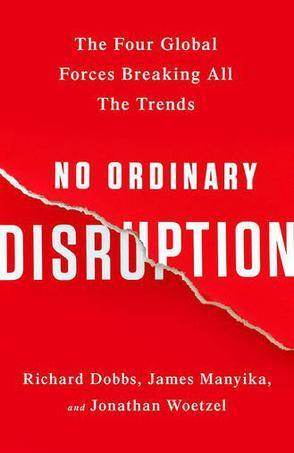
尽管纺织品外贸行业面临着诸多挑战,如国际贸易摩擦、汇率波动、环保要求等,但也带来了许多机遇,通过技术创新和产业升级,纺织品外贸行业可以更好地适应市场需求,提高产品质量和竞争力,纺织品外贸行业还可以通过多元化经营、拓展国际市场等方式,实现可持续发展。
行业发展趋势
技术创新与绿色发展
随着科技的不断进步和环保要求的不断提高,纺织品外贸行业将更加注重技术创新和绿色发展,纺织品制造将更加注重环保、可持续性,同时也会更加注重产品的质量和性能。
国际贸易摩擦与政策影响
国际贸易摩擦和政策影响是纺织品外贸行业面临的重要问题之一,纺织品外贸行业将更加注重国际贸易规则的遵守和合规经营,同时也会更加注重品牌建设和市场营销。
纺织品外贸行业是国际贸易的重要组成部分,具有广阔的发展前景,在未来的发展中,纺织品外贸行业将更加注重技术创新和绿色发展,同时也会面临更多的机遇和挑战,为了适应市场需求和政策变化,纺织品外贸行业需要加强自身实力和品牌建设,提高产品质量和竞争力,纺织品外贸行业也需要加强国际合作和交流,拓展国际市场和资源。
Articles related to the knowledge points of this article:
Top Ten Textile Brands in the rankings of textile brands
The Global Fabric of Anglo-American Trade:An Analysis of Anglophile Textiles
The Evolution of Kung Fu-inspired Knives and Their Influence on Textile Design
The Impact of Textile Fiber Disparities on the Fashion Industry

